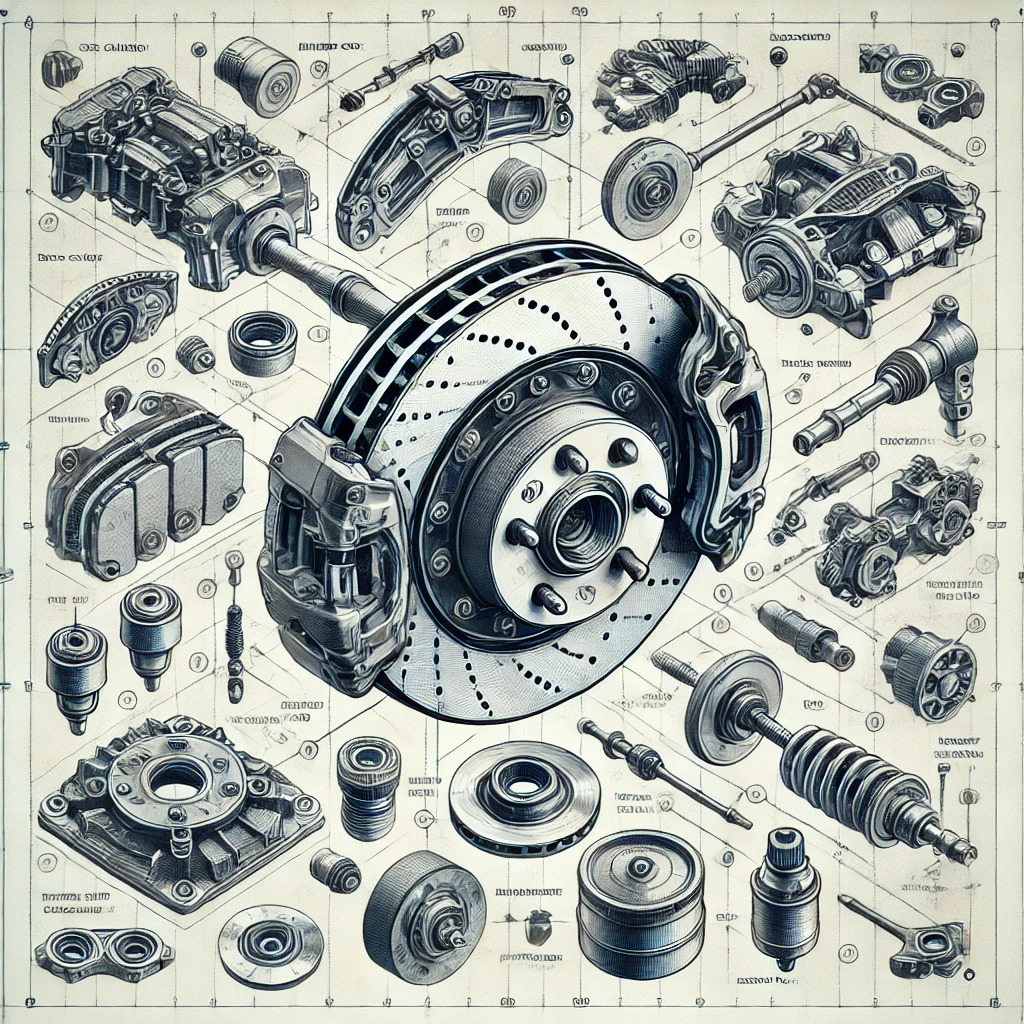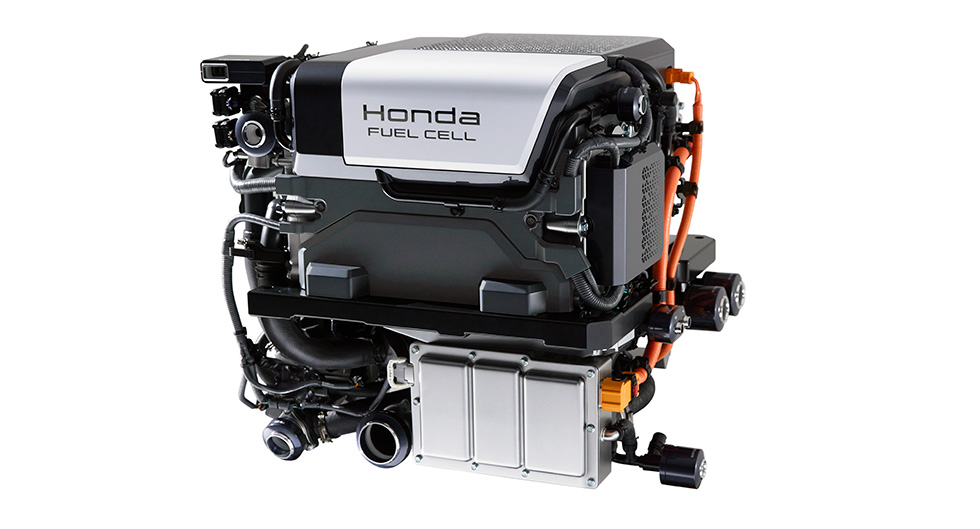Disc Brakes: Understanding the Mechanics and Benefits
Disc brakes are a critical safety feature in modern vehicles, providing the reliable stopping power needed for cars, motorcycles, and even bicycles. By converting kinetic energy into heat through friction, these brakes slow the vehicle’s wheels and help prevent accidents. In this article, we’ll explore how disc brakes work, review their main components, and discuss the benefits they offer—all explained in a way that is both detailed and easy to understand.
The Concept of Friction
Friction is the force that resists motion when two surfaces come into contact. In disc brakes, friction is the key mechanism that slows down a spinning wheel. When the brake pads press against the rotor (or disc), they generate friction, which converts the vehicle’s kinetic energy into heat. This process allows for controlled deceleration even during sudden stops. Although friction produces heat, modern brake systems are engineered to manage and dissipate that heat effectively, reducing the risk of brake fade.
Key Components of a Disc Brake System
A disc brake system is composed of several interrelated parts, each playing a specific role in the braking process.
Brake Pedal
The brake pedal is where the driver initiates the braking process. Pressing the pedal applies mechanical force, which starts the chain reaction that leads to deceleration.
Master Cylinder (Brake Central Pump)
Often referred to as the heart of the brake system, the master cylinder converts the mechanical force from the brake pedal into hydraulic pressure. This pressure is then transmitted through the brake fluid to the rest of the system.
Brake Fluid
Brake fluid is a specially formulated, nearly incompressible liquid that transfers the force from the master cylinder to the calipers. Its ability to work under high pressure and temperatures makes it crucial for effective braking.
Brake Lines
These robust tubes carry the pressurized brake fluid from the master cylinder to the calipers at each wheel. They are designed to withstand high pressures and ensure the system remains leak-free.
Brake Disc (Rotor)
The rotor is a metal disc attached to the wheel hub. It serves as the surface against which the brake pads create friction. Its open design allows for efficient heat dissipation, which is vital during repeated or heavy braking.
Brake Caliper
The caliper houses the pistons and brake pads. It uses the hydraulic pressure from the brake fluid to push the brake pads against the rotor, creating the friction needed to slow the wheel.
Brake Pads
Made from durable materials designed to withstand high temperatures and friction, the brake pads are the components that physically contact the rotor. Their role is critical in generating the friction necessary to reduce the wheel’s speed.
Pistons and Seals
Inside the caliper, pistons respond to the hydraulic pressure by moving outward and pressing the brake pads against the rotor. Seals around these pistons prevent brake fluid leaks and protect the internal components from contaminants.
How the Disc Brake System Works
When you press the brake pedal, the disc brake system engages in a series of well-orchestrated steps:
- Initiation: Pressing the brake pedal activates the master cylinder, which pushes brake fluid into the brake lines.
- Pressure Transmission: The nearly incompressible brake fluid rapidly transmits this pressure to the calipers at each wheel.
- Pad Engagement: The increased hydraulic pressure forces the pistons within the calipers to push the brake pads against the rotor.
- Friction Generation: The contact between the brake pads and the rotor produces friction, which slows down the rotor’s rotation and, consequently, the wheel.
- Deceleration: As the wheels slow down, the entire vehicle decelerates, eventually coming to a complete stop if the brakes are held down.
Advantages of Disc Brakes
Disc brakes offer several advantages over older braking systems, such as drum brakes:
- Strong and Consistent Stopping Power: They provide reliable deceleration, even in emergency situations.
- Efficient Heat Dissipation: The rotor’s open design allows for better cooling, reducing the risk of overheating and brake fade.
- Performance in Adverse Conditions: Disc brakes are less affected by water and debris, making them more effective in wet or dirty environments.
- Ease of Maintenance: Regular inspection and replacement of brake pads and rotors are relatively straightforward, ensuring long-term performance and safety.
Conclusion
Disc brakes exemplify how a well-engineered system can transform the basic principles of friction and hydraulics into a reliable means of stopping a vehicle. By converting the pressure from the brake pedal into hydraulic force that pushes the brake pads against a spinning rotor, disc brakes provide the controlled stopping power essential for safe driving. Understanding each component and how they work together not only deepens our appreciation for automotive technology but also emphasizes the importance of regular maintenance to ensure optimal performance on the road.






